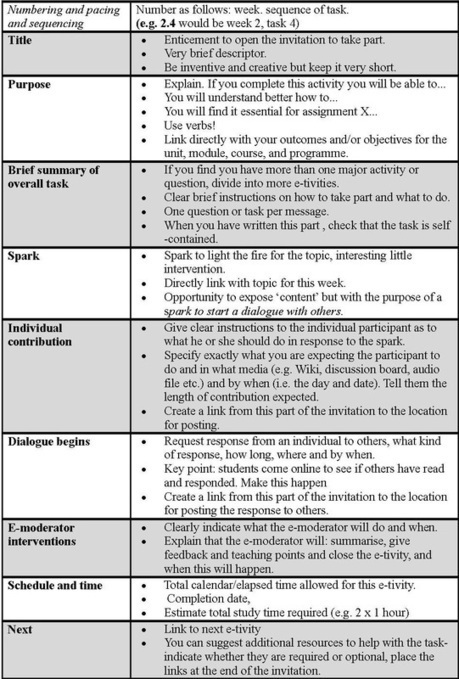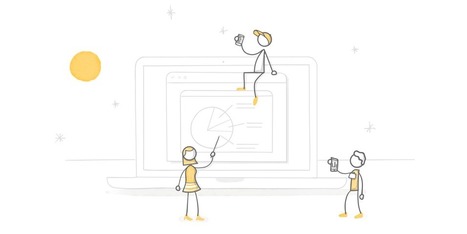E-tivities are frameworks for enabling active and participative online learning by individuals and groups. E-tivities are important for the online teaching and learning world because they deploy useful, well-rehearsed principles and pedagogies for learning as well as your choice of networked technologies. They focus on the learners- the people I call the participants, who are contributing, providing, reworking, interpreting, combining most of the knowledge. They overturn the idea that learning depends on one big expert and his/her conveying of knowledge. They are based on the strong idea that knowledge is constructed by learners through and with others.
Research and publish the best content.
Get Started for FREE
Sign up with Facebook Sign up with X
I don't have a Facebook or a X account
Already have an account: Login
Literacy in a digital education world and peripheral issues.
Curated by
Elizabeth E Charles
 Your new post is loading... Your new post is loading...
 Your new post is loading... Your new post is loading...
|
|














Useful tips for planning your online activities/e-tivities.